The best electric cars of 2021
The automotive world is increasingly moving towards making more EVs, which, somewhat ironically, makes picking the best electric cars harder than ever. Where once electric cars were the outliers of the car world, with the likes of Tesla seemingly the machinations of a billionaire, they are now a staple of some of the largest car brands around; Nissan, VW, Porsche, Audi, and more all have electric vehicles.
And with the move towards only zero-emission vehicles as early as 2030 for some car makers, we’re on the cusp of seeing a surge of EVs available, from simple urban runabouts to performance EVs.
But in the here and now there are plenty of impressive EVs to choose from. Tesla has been impressing buyers with EV performance for years and there are electric luxury sedans, exotic supercars, compact commuters, and even pickup trucks coming this year.
Moreover, home charging stations have dropped in price from thousands of dollars to do-it-yourself models costing $600. It all represents solid progress on the electrification front.
In fact, as a sign of how far electric vehicle technology has progressed, all but two of the models in this year’s best-of list are pure electrics or BEVs (battery electric vehicles). Here, then, are the best electric cars in 2021.
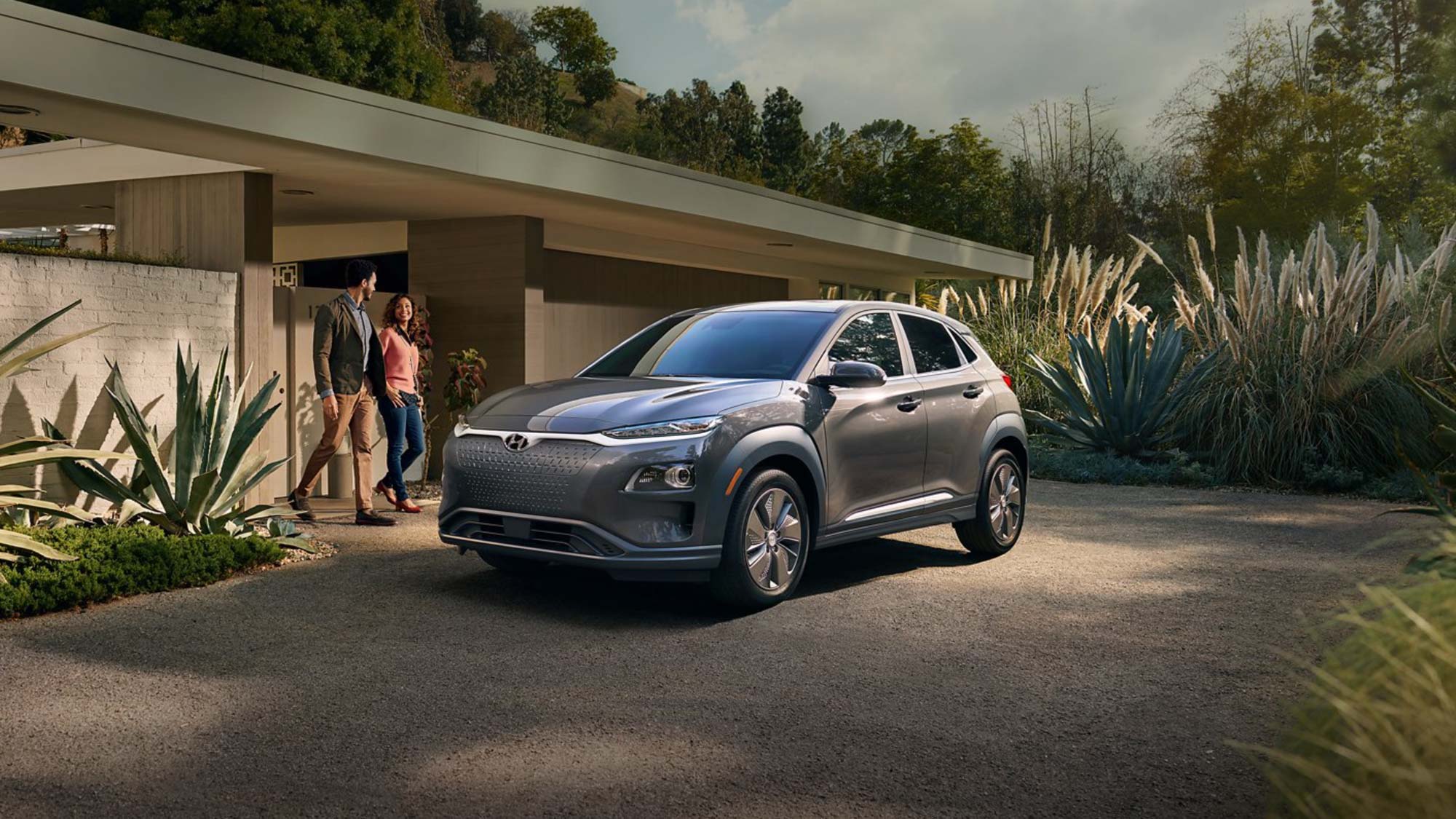
We still love the unprepossessing electric version of Hyundai’s tiny crossover, the Kona, and it continues to be a hit with shoppers. It’s more comfortable than it deserves to be for its size, and it is a true joy to drive, which is why it’s one of the best electric cars around.
For a modestly priced compact, Hyundai includes some welcome features. There’s a more-than-adequate 7-inch center touchscreen, as well as support for Android Auto and Apple CarPlay. Furthermore, with the 258-mile estimated range, the Kona Electric is just a smidge worse than the standard range Tesla Model 3 and costs a lot less with the available Federal tax credit (Tesla no longer qualifies for it).
Of course, you can spend more. The Ultimate version of the Kona includes a 10.3-inch infotainment touchscreen, ventilated leather seats, smart cruise control and rain-sensing wipers but pushes the price north of $45K.
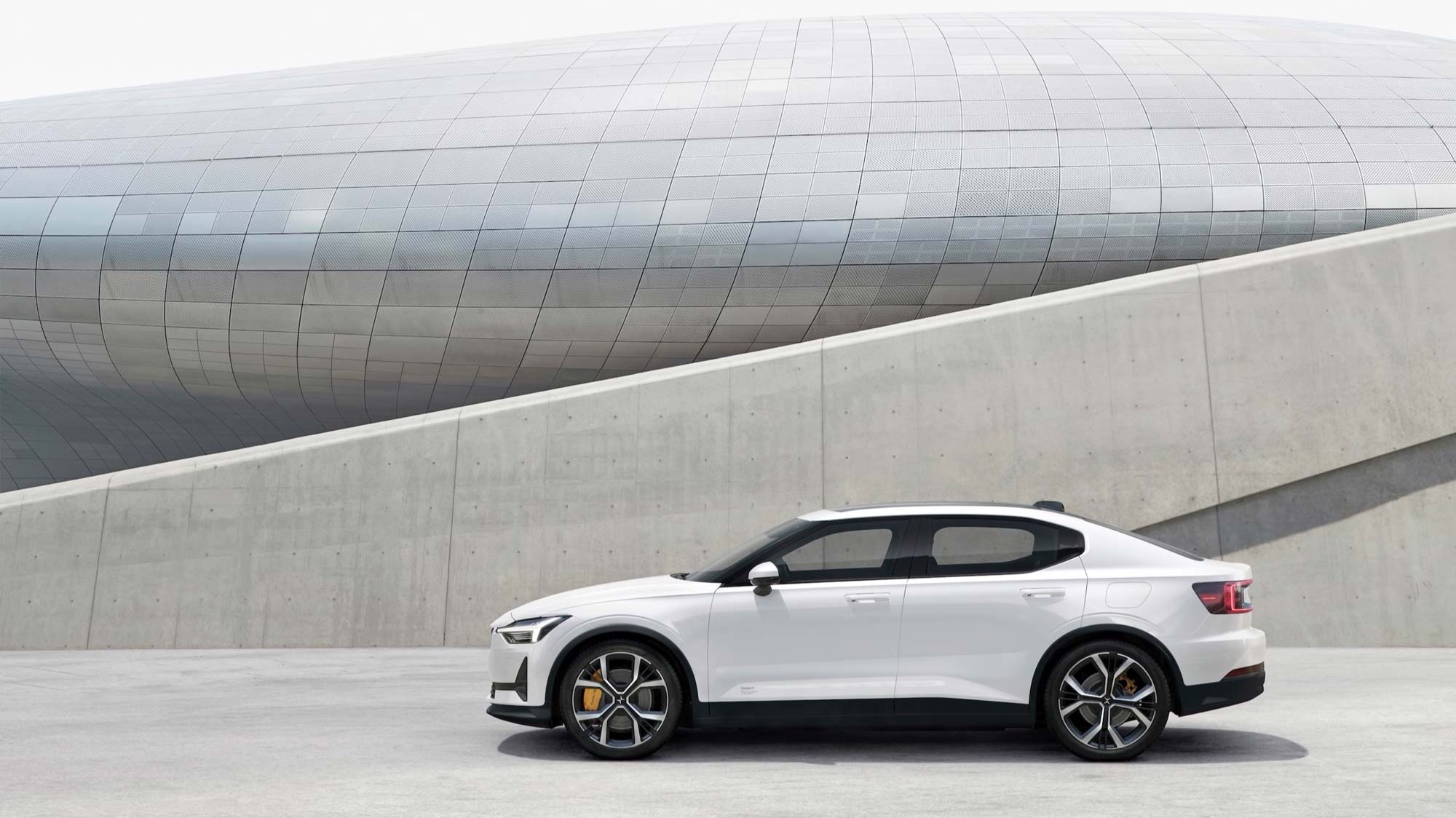
Polestar is the independent performance car company founded by Volvo. As such, it benefits from the safety technology of its founders while remaining free to push the envelope of engineering and EVs. The Polestar 2 is the first pure-electric 5-door from the company and it’s not only attractive, it’s also a safety system leader.
The Polestar 2 is driven by two electric motors, front and rear axles, and a battery pack that delivers an EPA rated 233 miles of travel on a single charge. That’s less than some others, like the Tesla 3, but not terrible. Polestar does one-up Tesla by delivering a more advanced infotainment system founded on Google’s Android Auto platform (one of the first on the market). It also has niceties like self-cleaning headlights and a butt-kicking sound system from Harmon Kardon.
More important is the fact that the Polestar 2 comes standard with Volvo’s Pilot as well as some unique features, which makes the combination of driver assistance and safety systems one of the best we’ve ever seen. For example, this vehicle features a run-off mitigation suspension system to reduce injuries in an off-road accident and post impact braking to assist when the driver is temporarily incapacitated in the midst of an accident. There’s also Volvo’s top-notch emergency braking system and pedestrian detection system. Of course, there’s blind-spot monitoring, adaptive cruise control and lane centering — all standard.
Plus, Polestar is now expanding the Polestar 2 range to include three new variants, including a cheaper two-wheel drive, single-motor model. This will sell for £39,900 in the U.K and while U.S. pricing has yet to be revealed, that’s around $54,000.

Every car company in the world seems to be gunning for Tesla, but its Model 3 remains one of the best electric cars available, with excellent range, features, and a price that demonstrates that Teslas aren’t just for the 1-percenters. Indeed, the 2021 Tesla Model 3 may still be the best mass-market electric car out there. The Model 3 can go up to 263 miles on a single charge (with the standard battery), and while this car is stubbier and plumper than Tesla’s Model S, it’s about half the price.
While critics point out that Tesla continues to overstate the technical abilities of its driver-assist AutoPilot feature, we think it’s still worthwhile, within limits. Software updates offer continual improvements, but if you want more range and better handling AWD, pricing on the Model 3 starts at $45,490.
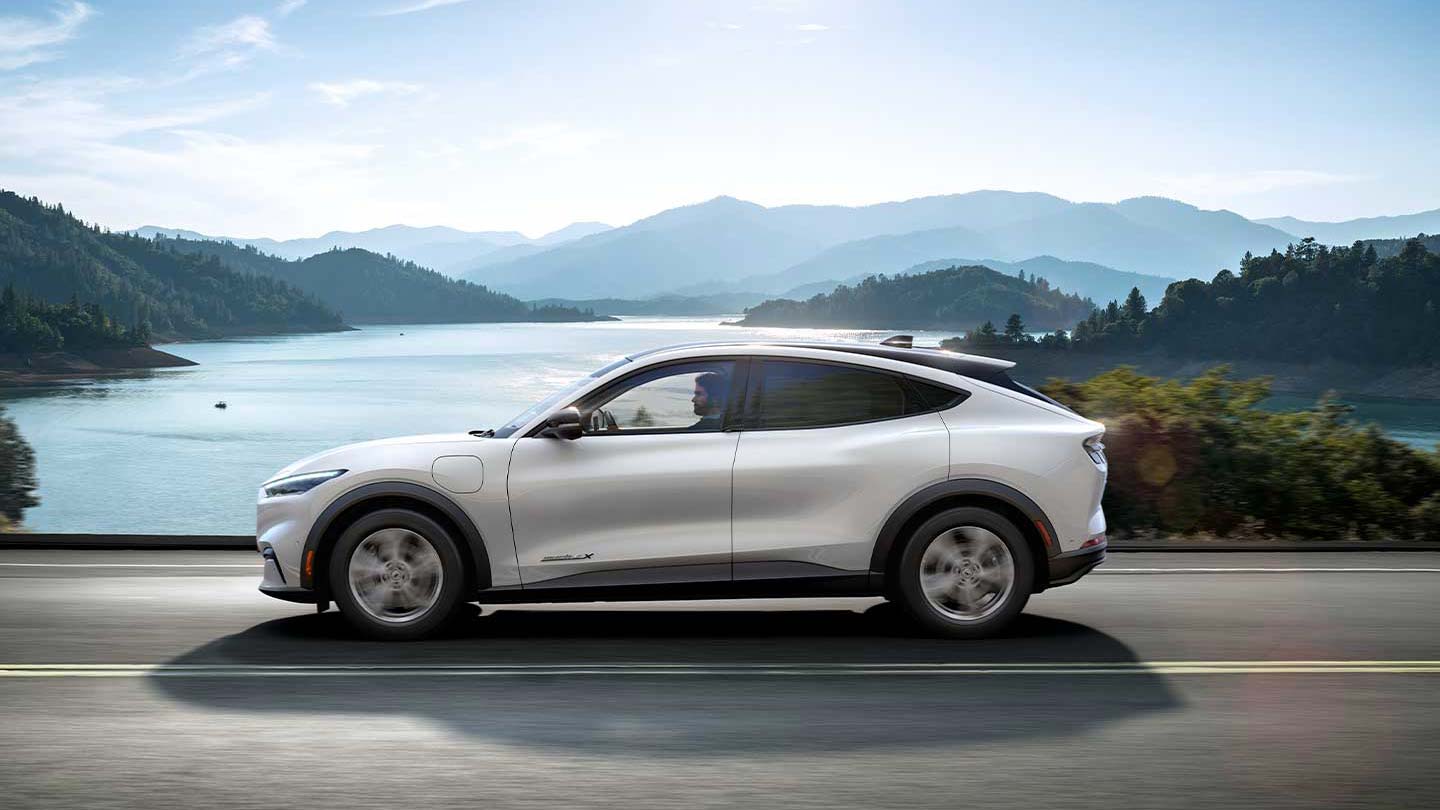
Ford’s EV Mustang has officially arrived, and while it may be a Mustang in name only, it’s still bound to win over converts for its styling and solid mix of technology and performance.
With raised front fenders and wide haunches, Ford has definitely put a lot of thought into the Mach-E’s design. For example, the front trunk, or frunk, has a plastic liner that can easily be cleaned in case you want to use it for serving post-pandemic tailgating potluck dishes.
Inside, there’s also plenty of tech to keep drivers happy. A 15.5-inch touchscreen sits in the center of the dash for the infotainment system, and it supports Apple CarPlay as well as Android Auto — something lacking from Tesla’s vehicles, much to the annoyance of owners. Boosting the luxury feel here is the inclusion of a premium Bang & Olufsen sound system.
Does the Mustang Mach-E best a Tesla X in range or acceleration? No, but it costs almost $25,000 less, which is why it’s one of the best electric cars for the money.
What’s more, Ford recently announced a new Mustang Mach-E GT version that boosts power from 346 hp to 460 hp and can cover the 0-60 in 3.8 seconds (3.5 secs for the Performance Edition). The price for that extra oomph? The new models will set you back $59,900 and $64,900 respectively.

The more we drive the Mini Cooper SE, the more we like it. Sure, in most respects this electrified SE model is similar to a standard Mini Cooper in terms of interior space, weight, and connected technology. For example, it includes niceties like rain-sensing wipers, dual zone climate controls and an Apple CarPlay compatible infotainment system with a 6.5-inch touchscreen.
What this best electric car adds is a new traction control and braking system and a total of 181 hp for a 0-to-60 time of about 6.9 seconds. Multiple test drives (we didn’t want to give it up) proved that the Mini Cooper SE’s handling was more sprightly than its acceleration rating would suggest, and on a race track it was what Minis have always been, a really fun drive. The one downside to this EV is its relatively short range; a single charge will get you about 110 miles, making it more of an urban commuter than a long-range rural driver.
So why does it make our best electric car list? Because the Mini Cooper SE is damn fun to drive. So if you’re mostly commuting to work and doing short jaunts on the weekend, you couldn’t have a better choice.
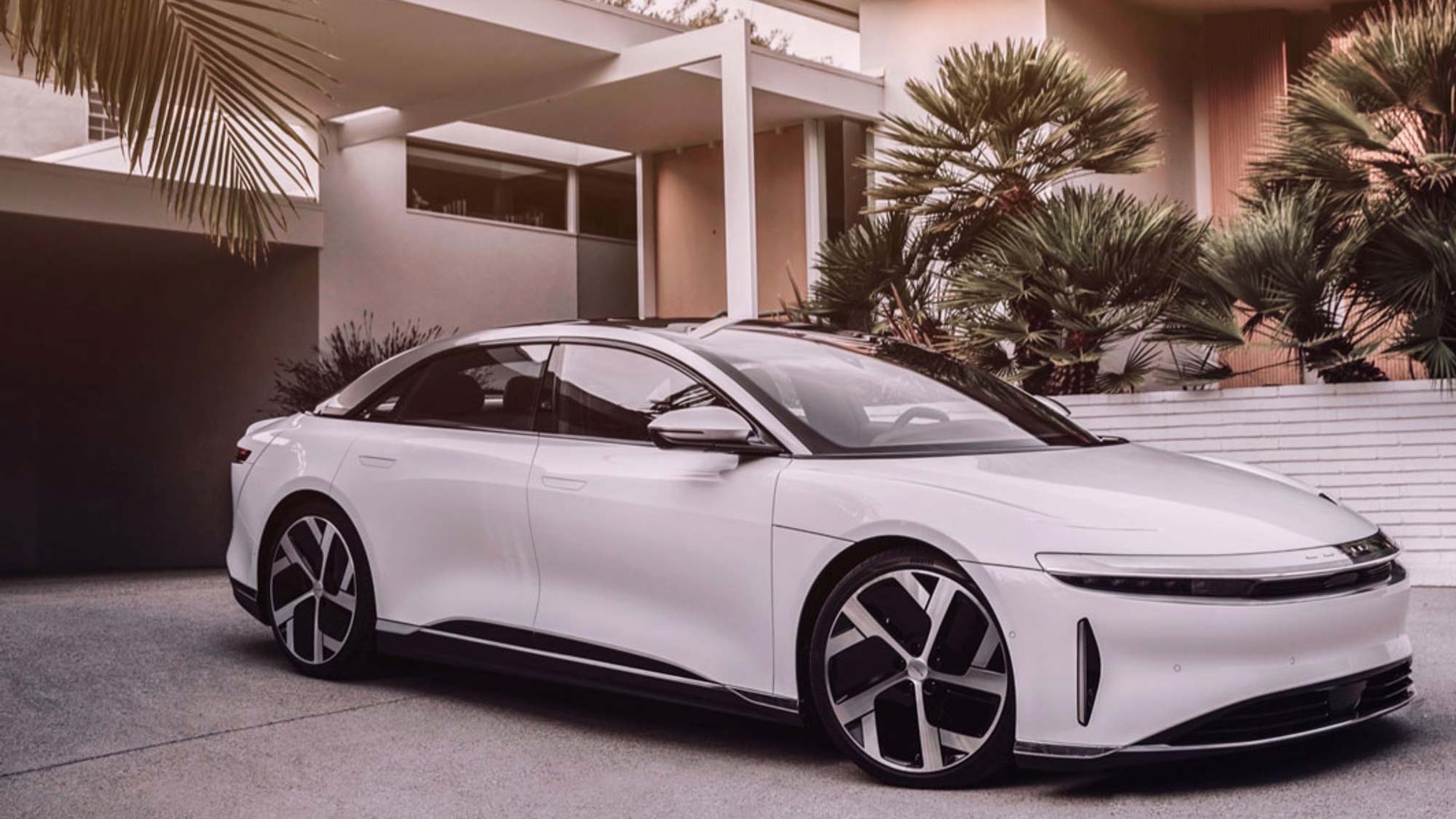
California-based Lucid is aiming to compete directly with Tesla, and its first model out of the gate promises to be a stunner. The Lucid Air Dream Edition is supposed to appear this spring. It’s the company’s top-of-the-line model with all-wheel drive, 1,080 horsepower, and a drag coefficient of 0.21, making it the world’s most aerodynamic luxury car. Now you know why it’s called the Air.
To match its slipstream hull, Lucid has carved out a sleek interior, including a curved 34-inch touchscreen in front of the driver that responds to Alexa commands. It also will have forward-looking technology, such as built-in lidar, which is necessary to achieve fully autonomous driving. It joins Rivian in putting the sensors into the car in anticipation of the software to enable a full self-driving mode. When that will be available has yet to be determined.
Also of interest in the EV space, Lucid says it will support its vehicles by eventually offering a bi-directional home charging station that enables the Air to supply temporary power to a house in a power outage or be used to ease the sting of a brown out. Whether Lucid can deliver on these promises remains to be seen, but we should note that it already has experience supplying batteries to the Formula E electric car racing series. It’s certainly an intriguing addition to the best electric cars space.
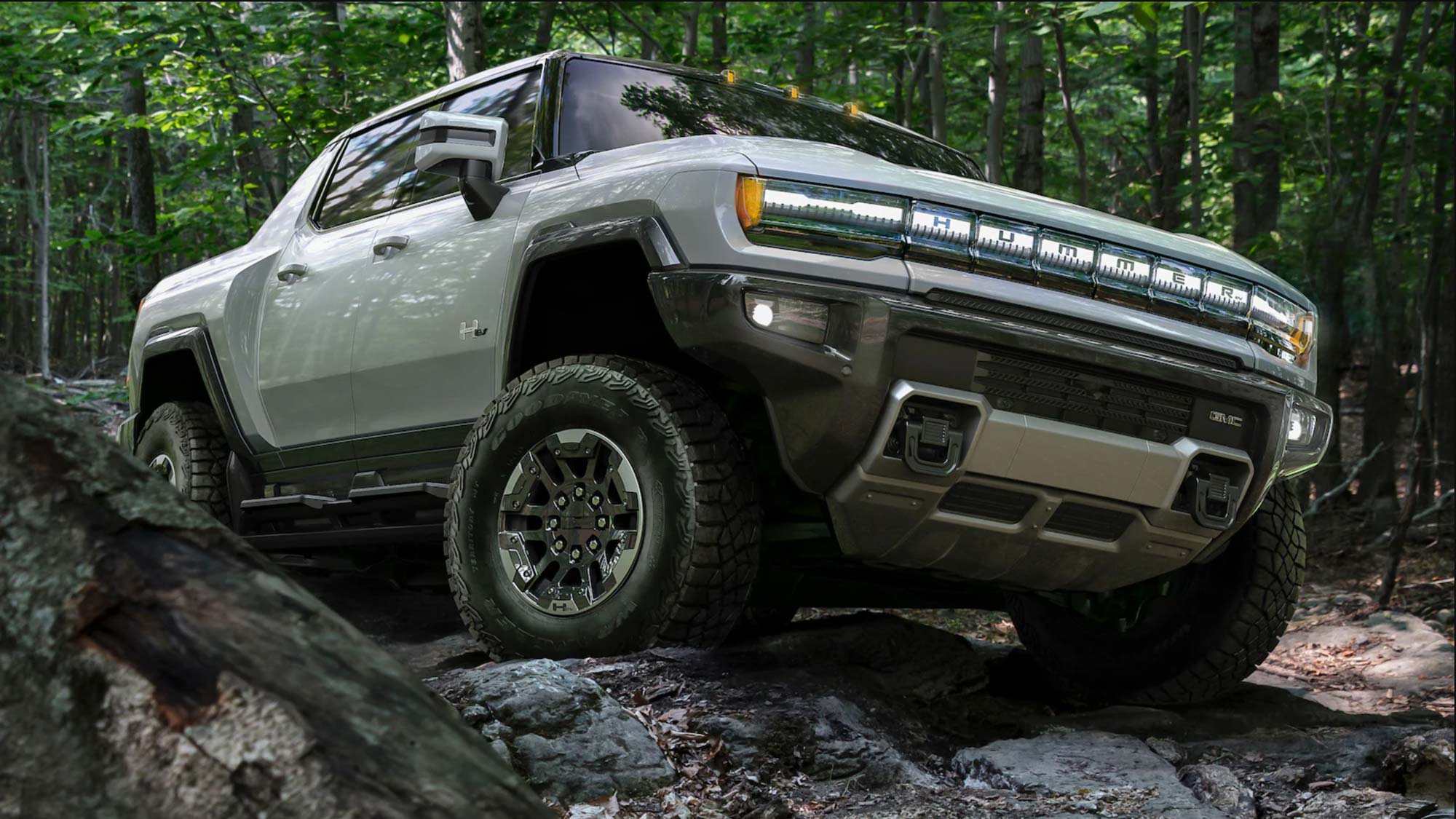
An icon of excess, the Hummer was loved and loathed for its too-wide-to-fit-in-a-lane stance and its in-your-face off-road attitude when it was discontinued in 2010. This year, it’s back in a pure-electric version.
The first version, the EV Edition1 is a pickup truck with three electric motors (one up front, two in the rear) that will generate 1000 horsepower and with launch control that will catapult this beast from 0 to 60 mph in 3.0 seconds. Compare that to the popular Ford F150 that takes 6.2 to get there. GM is also equipping the first EV Hummers with a full-on off-road package that includes skid plates and rock sliders to keep you from gouging the bottom of the truck, plus washable underbody cameras. The adaptive air suspension will include an “Extract Mode” that can raise the body over half a foot to get out of trouble.
When you’re back on the highway, the new Hummer will include what is the closest tech you’ll get to self-driving vehicle today — GM’s Super Cruise hands-off feature. To keep you informed of what’s happening inside and what’s left of the truck’s impressive 350-mile range, there will be 13.4-inch center touchscreen and 12.3-inch gauge cluster. Next year, the Hummer will come in an SUV model as well. In the meantime, the Hummer EV Edition1 promises to satisfy drivers’ craving a big, bad pickup truck in an EV model.

Minivans may not be aspirational vehicles, but they are practical and get a good workout in suburbs around the country. So a plug-in hybrid makes perfect sense. To wit, there’s the Pacifica hybrid that does 33 miles on battery power, enough to run errands around town, and it now offers an all-wheel-drive model that can handle any weather. Impressively, the Pacifica Hybrid’s MPG equivalent stands at 82 MPGe.
The Pacific also includes Chrysler’s thoughtfully designed Uconnect infotainment system. It is supported by an 8.4-inch center screen, a 7-inch digital instrument cluster, and includes Apple CarPlay, Android Auto, 4G Wi-Fi, Bluetooth and USB ports in all three rows (thank goodness). Rowdy backseat passengers can be monitored with a zooming interior camera that can spot who pinched who all the way in the back.
The only feature missing is Chrysler’s Stow ‘N Go seats that fold completely flat into the floor; the hybrid battery nixes that option. That’s a small price to pay for efficient motoring around town in one of the best electric cars.

The Porsche Taycan can still lay claim to several firsts. It was the first production EV with a two-speed transmission to boost acceleration. It was also the first production EV with an 800-volt system, which cuts down recharge times. And, of course, it’s the first pure-electric production Porsche.
One of the best electric cars, this Porsche sedan boasts supercar features including neck-snapping acceleration, carbon-ceramic brake rotors, active anti-roll bars, air springs, and high-speed rear-wheel steering. And those slots on the front are front brake air ducts that close at highway speeds to improve aerodynamics. New for 2021 is a head up display, SiriusXM satellite radio, and the ability to receive over-the-air software updates.
With the Porsche handling and emblem come some Porsche prices. While the base model tops out at a few grand over $100K the Turbo S — the one you really want — starts at $185,000.

A quiet Ferrari? It’s possible with the Marinaro automaker’s first ever plug-in hybrid. However, the SF90 Stradale will only go 15 miles under battery power, and if you mash the accelerator, a huge 4.0-liter twin-turbocharged V8 combustion engine will roar to life to remind people what it is you’re driving — assuming they don’t notice the supercar’s dashing good looks first.
The electric components here (a trio of electric motors and an 8kWh battery) are intended to make scooting around town to pick up the groceries a more comfortable experience. It kicks out 986 horsepower, with the gas V8 accounting for 770 of the total. That translates into a 0 to 60 mph sprint of 2.5 seconds and a frightening top speed of 211 mph.
The SF90 manages all this with a raft of technical improvements, including ground-effects air vectoring to suck the car down to the pavement at high speeds and a “shut-off Gurney,” which is a movable, two-part rear wing that reduces drag at high speeds and increases downforce in corners and under braking.
Throw in matrix LED headlight technology that uses active beam control to maintain visibility at night while dimming individual beams to prevent blinding oncoming drivers (not available in the U.S. yet) and you’ve got one of the most technologically advanced exotic sports cars yet developed, and also one of the best electric cars. Too bad it only offers support for Apple CarPlay and not Android Auto.
For all the latest Technology News Click Here
For the latest news and updates, follow us on Google News.
